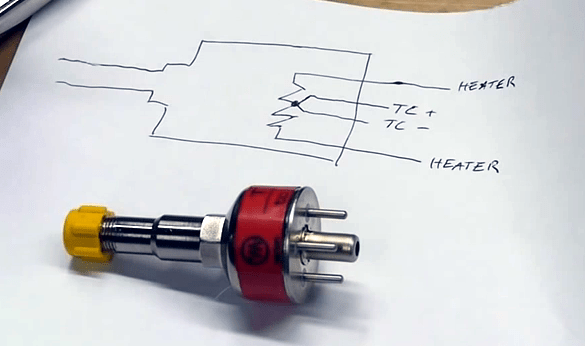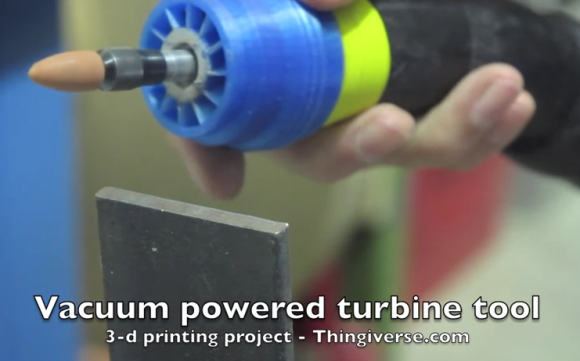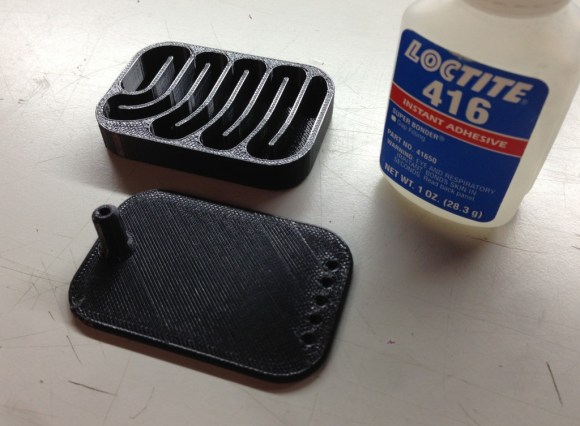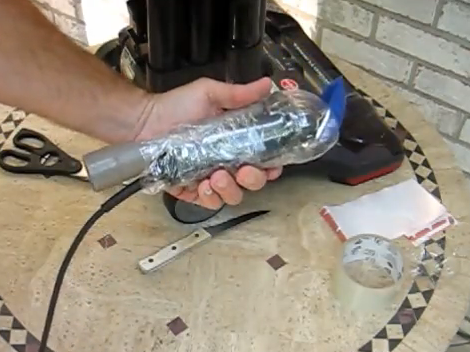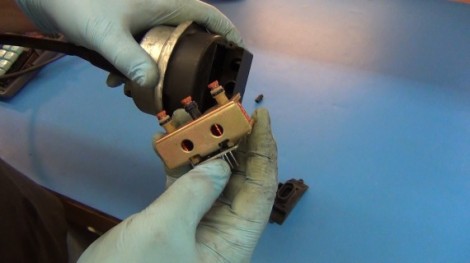We don’t know how [Ben Krasnow] gets his hands on so much cool hardware. This time around is a bit of vintage tech: a thermocouple vacuum gauge.
The part seen above, and represented in the schematic, is the sensor side of things. This is interesting enough by itself. It has an air chamber with an electric heater element in it. When air is present it dissipates the heat, when under vacuum the heat builds and causes the thermocouple to generate some voltage on its connections.
Keep watching his presentation and things get a lot more interesting. The original unit used to measure the sensor is a throwback to the days when everything had sharp corners and if you were running with scissors you’d eventually teach yourself why that’s not such a good idea. The designers were rather cavalier with the presence of mains voltage, as it is barely separated from connections grounding the case itself.
Want to see some of the other cool equipment he’s got on hand? How about a CT scanner he built.

